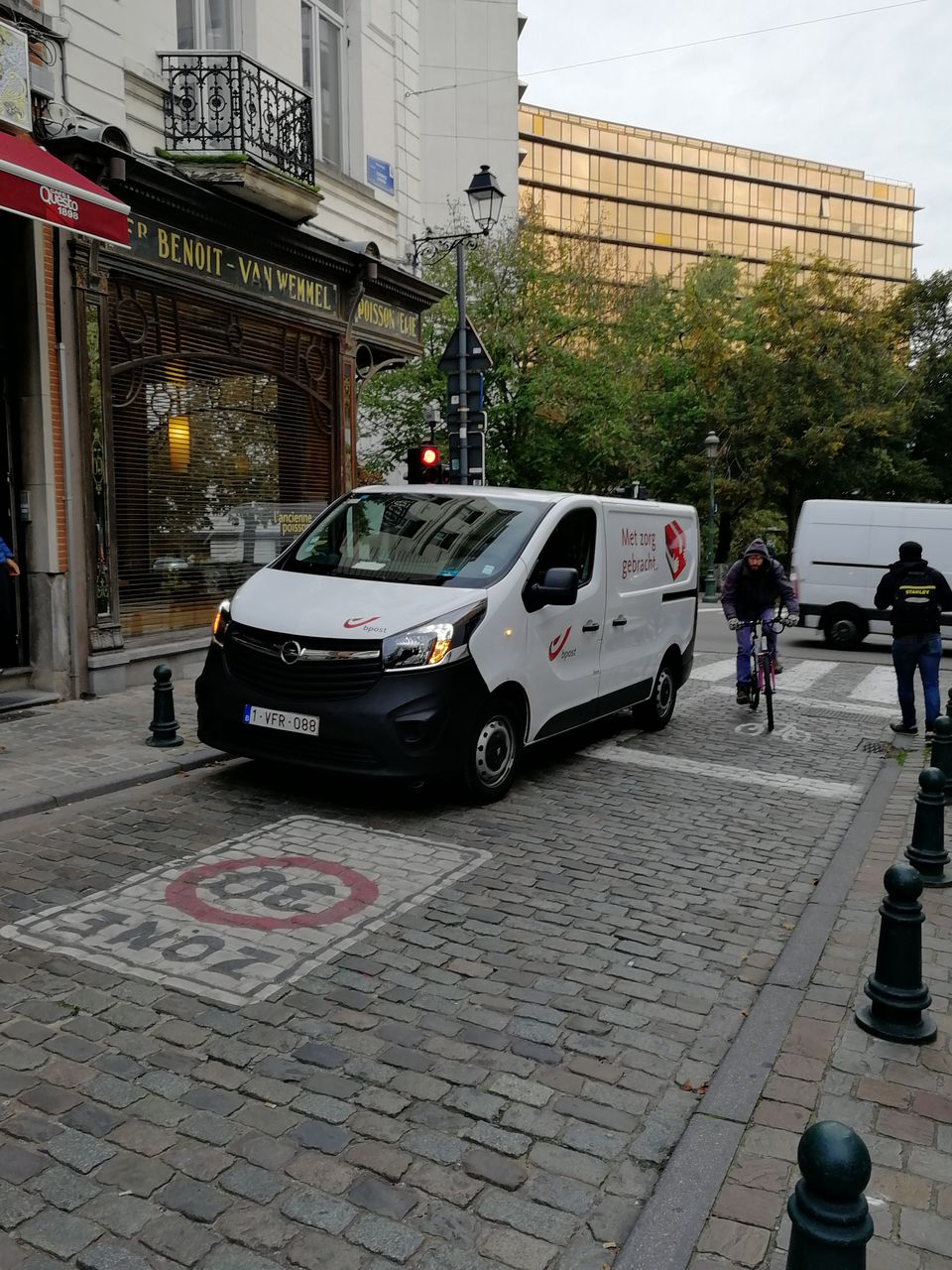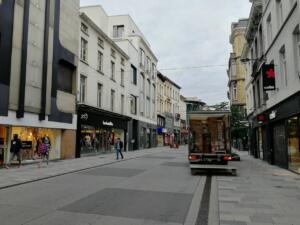Absolute Zero: Introducing Zero Emission Zones
Why are Zero Emission Zones for freight a priority? What problems do they solve and what benefits do they bring? POLIS' Giacomo Lozzi reports.
POLIS, together with Transport Decarbonisation Alliance and C40, have published a How-To Guidance to support cities and countries considering freight and service deliveries in their decarbonisation strategies.
The European Environment Agency (EEA) considers air pollution to be the main threat to environmental health: in 2016, almost half a million (452,000) premature deaths in Europe were caused by long-term exposure of citizens to concentrations of PM2.5, NO2 and O3. While maintaining the necessary differences, it is interesting to report that, as of 25 November 2020, COVID-19 caused 302,641 deaths in the EU and UK. Unlike air pollution, it has been fairly treated as an absolute emergency.
Case studies: Two examples where ZEZ for freight are taken seriously
The Netherlands: 30–40 cities to implement harmonized ZEZ-Fs by 2025
The Dutch National Climate Agreement requires the logistics sector to significantly reduce CO2 emissions. One of the recommended tools is the implementation of ZEZ-Fs in the country’s 30-40 largest cities. The cities have agreed to announce details of their ZEZ-F four years in advance, in 2021, to allow time to prepare for implementation. The Netherlands has also developed nationally harmonized principles for zero-emission freight, including:
- Delivery vans and trucks bought after 2025 must be zero-emission if they are to enter any city with a ZEZ-F.
- The government will offer tax incentives and subsidies to help companies transition to zero-emission vans and trucks.
- Cities receive support from an “expert pool” to help identify key challenges for their specific city, create implementation plans, share learnings on a national level, and provide tools and support for the local decision-making process.
London: From “ultra low” to zero emission
London is planning a series of progressively larger ZEZs to support Mayor Khan’s goal that by 2050 London will be a “zero carbon city” and enjoy the best air quality of any major city in the world. The London Mayor’s Transport Strategy 9 (2018) declares goals for zero-emission zones in town centres from 2020; a ZEZ in central London from 2025; larger ZEZs in inner London by 2040, and a ZEZ throughout greater London by 2050.
To date, two London boroughs are working to implement ZEZs: Hackney and the City of London both restrict access to non-ZEVs. Following a scheme which successfully took 5,000 polluting vans and minibuses off the roads, the city now provides freight operators with incentives to scrap polluting trucks and replace them with a cleaner option to comply with upcoming, tightened emission standards.
About the author:
Giacomo Lozzi is Urban Freight Coordinator at POLIS Network, glozzi@polisnetwork.eu




